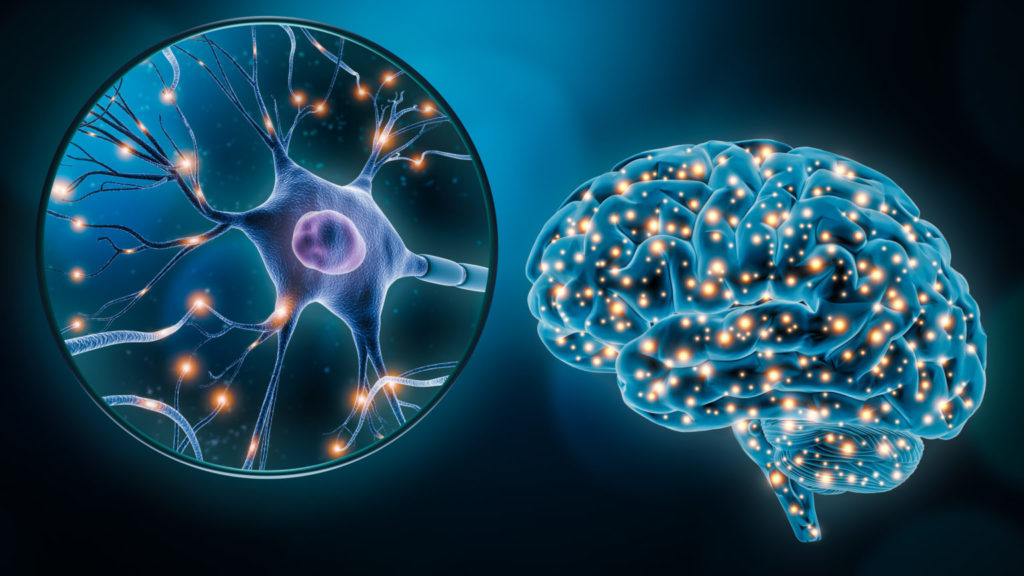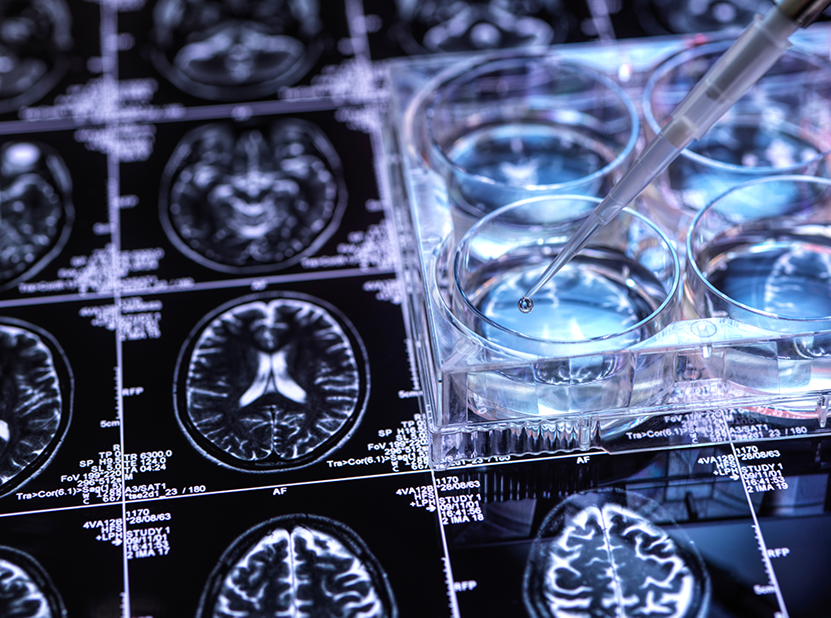“Sleep problems in dementia patients are not only common but also contribute to a faster progression of cognitive decline and increased burden on caregivers.”
Sleep is essential for everyone, but for those living with dementia, it is vital for better health and quality of life. Addressing sleep problems in dementia care is a crucial step toward improving life for both patients and caregivers.
Dementia and Sleep
Sleep is critical for brain health and well-being, but it is often a struggle for people with dementia. Dementia, a condition that affects memory, thinking, and daily life, is frequently complicated by other health issues like heart disease, diabetes, and anxiety. On top of these challenges, sleep problems such as insomnia and sleep apnea are common, making life even harder for patients and their caregivers.
Addressing sleep issues is key to improving the lives of people with dementia and easing the burden on their support systems. Recognizing this need, researchers Upasana Mukherjee, Ujala Sehar, Malcolm Brownell, and P. Hemachandra Reddy from Texas Tech University Health Sciences Center conducted an extensive review. Published in Aging, Volume 16, Issue 21, their work aims to update healthcare professionals on these issues and promote new practices in dementia care.
The Study: Update on Sleep and Dementia’s Connection
“Sleep deprivation in dementia comorbidities: focus on cardiovascular disease, diabetes, anxiety/depression and thyroid disorders” is a comprehensive review that explores the connections between sleep disturbances, dementia, and related conditions like heart disease, diabetes, and anxiety.
The review emphasized how untreated sleep issues can worsen cognitive decline, demonstrating that sleep health is not just a symptom of dementia but an integral part of its progression.
The Challenge: Why Sleep Problems are Overlooked but Critical
People with dementia often face significant sleep disruptions. They might wake up multiple times during the night, feel excessively sleepy during the day, or move around at night. This lack of restorative sleep worsens memory loss and confusion. For example, untreated sleep apnea reduces oxygen flow to the brain, further harming cognitive function. Meanwhile, caregivers experience immense stress and burnout from managing sleepless nights and restless behavior.
Despite these profound effects, many dementia treatment strategies fail to adequately address sleep issues, treating them as secondary problems rather than main components of care. Understanding the relationship between sleep and dementia is critical for designing effective interventions.
The Breakthrough: How Improving Sleep Can Transform Dementia Care
The study highlighted that sleep problems are deeply linked to the progression of dementia rather than being merely side effects. Conditions like cardiovascular disease and diabetes often worsen these disturbances, creating a cycle where poor health accelerates cognitive decline.
The findings showed that improving sleep quality can bring significant benefits. One solution is addressing sleep apnea, which not only improves sleep quality but also enhances brain function and lowers the risk of related health issues such as heart disease. Non-drug therapies such as structured bedtime routines, light therapy, and anxiety management have shown promise in improving sleep for dementia patients. Cognitive-behavioral therapy for insomnia has been especially effective in managing chronic sleep issues. These interventions not only improve brain health but also reduce caregiver stress, promoting a healthier and more supportive environment for everyone involved.
The Future of Dementia Care
Integrating sleep care into dementia treatment is the way forward. Addressing sleep disturbances together with other health conditions like diabetes and anxiety can have a profound impact. Personalized approaches, such as setting up calming bedtime routines and improving sleep environments, can make a real difference. Future research should focus on refining these strategies and equipping caregivers with better tools to manage sleep challenges.
Conclusion
Sleep disturbances are more than just a symptom of dementia. They are a major factor driving this condition’s progression and affecting quality of life. By prioritizing sleep health in dementia care, memory loss can be slower, day-to-day well-being can be improved, and burden on caregivers can be reduced. Holistic care approaches that address both sleep and overall health hold the key to improving quality of life for dementia patients and their families.
Click here to read the full research paper in Aging.
—
Aging is indexed by PubMed/Medline (abbreviated as “Aging (Albany NY)”), PubMed Central, Web of Science: Science Citation Index Expanded (abbreviated as “Aging‐US” and listed in the Cell Biology and Geriatrics & Gerontology categories), Scopus (abbreviated as “Aging” and listed in the Cell Biology and Aging categories), Biological Abstracts, BIOSIS Previews, EMBASE, META (Chan Zuckerberg Initiative) (2018-2022), and Dimensions (Digital Science).
Click here to subscribe to Aging publication updates.
For media inquiries, please contact [email protected].




